When growers find out that CO2 supplementation can help to maximize yields, it’s tempting to just start pumping CO2 into the grow area. Unfortunately, it just isn’t that simple. In order for CO2 supplementation t be effective in your grow space, you’ll need to make sure it’ set up correctly. Everything you need to know is in this article.
There are plenty of cannabis growers who are beginning to experiment with CO2 in their gardens. The objective is that their plants will hopefully grow faster and yield much more weed. Using CO2 is all about knowing the biology of cannabis, how it grows, and manipulating the environment to suit its needs.
That all sounds good and proper, but there are still too many people using CO2 without seeing the results that they are looking for. The reason is that they aren’t using it properly, in conjunction with the right lights or in the right amounts. Unfortunately, it isn’t as simple as just throwing some extra CO2 in your grow room.
Buying the equipment for injecting CO2 into your grow room is expensive, so making a mistake can be costly. This guide will hopefully help you to use CO2 properly so that your plants will love it, and you in turn will yield plenty of buds.
How do cannabis plants use CO2?
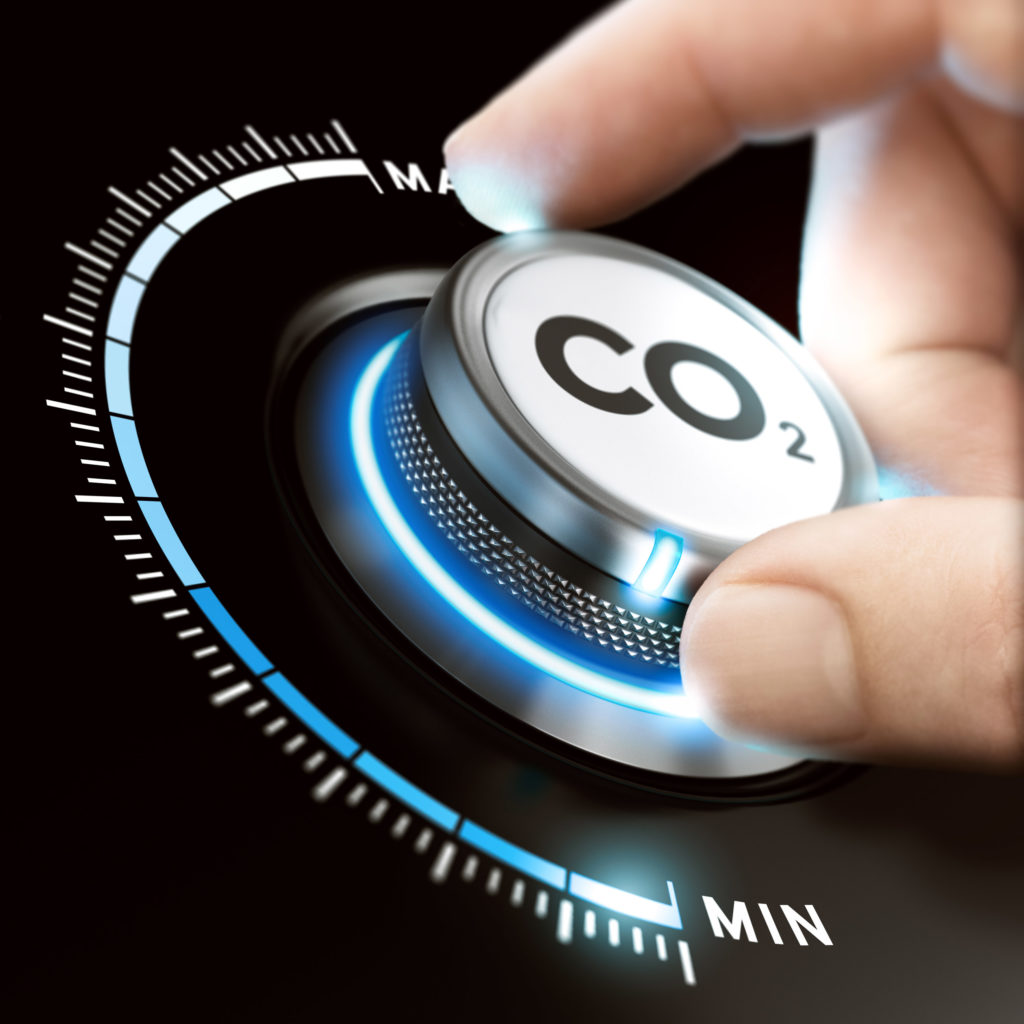
You can think of CO2 (carbon dioxide) as air for plants. While humans breathe in oxygen and breathe out CO2, plants do the exact opposite. That’s why a rainforest the size of the Amazon is called the “lungs of the world”. So when we’re talking about CO2 for plants, we’re talking about something that plants use in conjunction with light to convert into food.
This process is called photosynthesis, whereby plants use CO2 to convert light into sugars. These sugars are the kinds of food that plants use to grow flowers, or in this case, luscious buds. Without CO2, your plants would literally suffocate.
Light and CO2 are both essential parts of the photosynthesis process and the amounts required are relative. That means that if there is a lot of light, more CO2 gives plants a chance to photosynthesize more. However, if there isn’t much light around, then adding CO2 will make no difference. If the CO2 in the environment is abundant, then so too should the amount of light.
Getting the ratio of light to CO2 correct
This is where most growers will make the mistake of wasting money on CO2. As we mentioned, the amounts need to relate to each other in the proper way for adding CO2 to make any difference. If you are using low powered grow globes, such as fluorescent lights, there’s no use adding CO2. There is already enough CO2 in the air for your plants to convert all the light they are being given into food.
However, if you increase the power of your lighting setup by using LEDs or HPS globes, then your plants will be getting much more light. Now that there’s more light around, the plants could use some extra CO2 to convert all that light into food now, can’t they? You see where all of this is going.
In fact, there’s literally no point adding CO2 to the grow room if you are not using LED or HPS lights. In order for your plants to benefit from the added CO2, the lighting system needs to be adequate.
How much CO2 is enough CO2?
In general, the air around us usually has a concentration of CO2 of around 400 parts per million (ppm). However, when plants were evolving millions of years ago, there was much more CO2 than that. So as you can imagine, plants are able to consume much more CO2 than what’s present in the air.
Just a fun fact: if there was more CO2 in the air than what plants could use up, then humans would actually be at risk of CO2 poisoning.
Plants can use up to 1500 ppm of CO2 for the photosynthesis process. This means that in order for added CO2 to make a difference in your grow room, you can maintain levels up to 1500 ppm. Anything above and beyond that will be a waste, because your cannabis plants won’t be able to use it to photosynthesise.
If everything else in your grow room is optimized for health plants and big yields, CO2 will be even more effective. At the end of the day, if a plant is healthy and robust, its photosynthesis process is strong. If it is a weak plant, then added CO2 might not make as much a difference as you’d like.
The most important thing is that your grow room is up to scratch. Your plants should be healthy, getting sufficient light and water, and your soil or growing medium should be top quality. Only then will your added CO2 make a difference.
Preparing the grow space
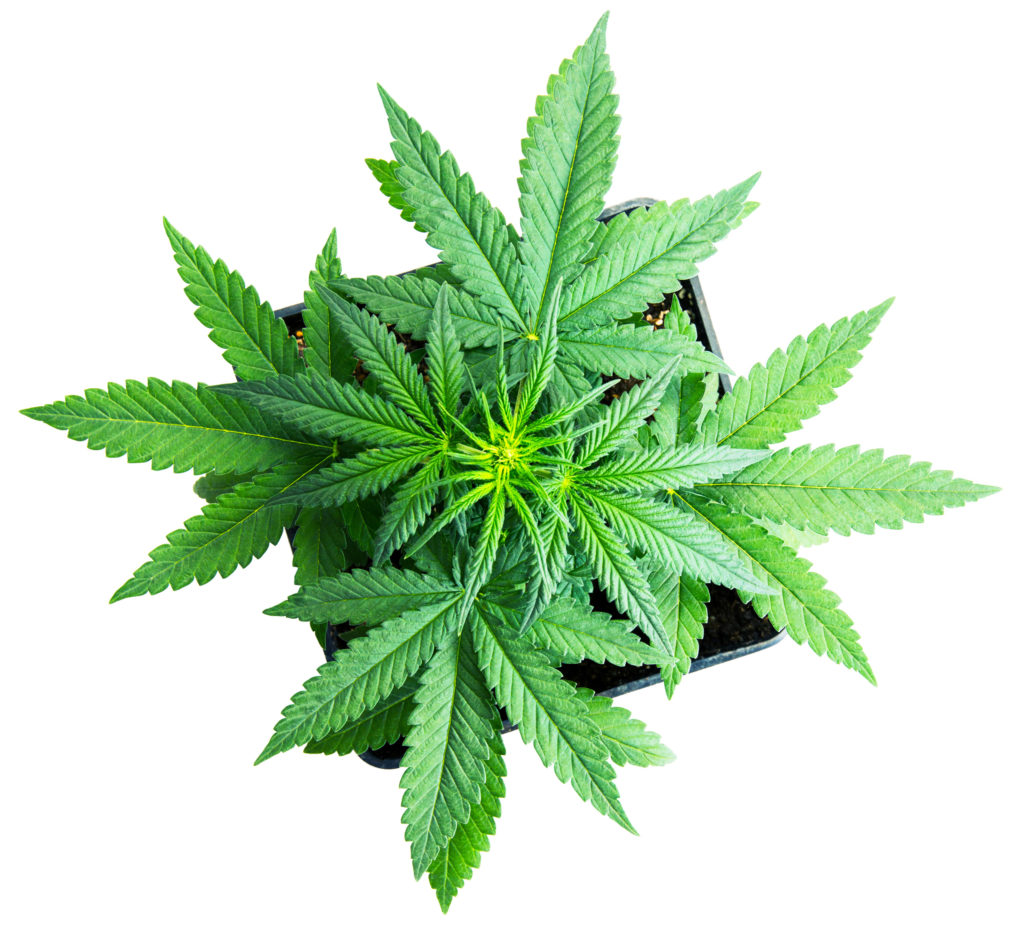
There are a number of different ways to go about this, and in fact, there are a number of different factors that you have to consider. Added CO2 will work better at higher temperatures, so you’ll need to think about that. First, let’s go through some of the modifications you can make to your growing area to get ready for CO2.
1. Raise the temperature
If you’re going to be working your way up to the maximum CO2 limit (1200-1500 ppm), then you should increase the temperature in your grow room. While most grow spaces will aim for a temperature of around 25-28°C (68-82°F), adding CO2 requires temperatures to sit between 30-35°C (85-95°F). That is a huge jump in temperature, so make sure you keep an eye on your plants to make sure they aren’t experiencing heat stress.
2. Seal your grow space
This is an optional modification if you don’t already have a sealed grow space. If you start pumping a lot of CO2 into the air, it might leak out and you could waste a lot of money keeping CO2 levels maintained. However, if you decide to seal your grow space, you will have to think very carefully about how you will maintain the heat and humidity levels in your grow room.
3. Keep humidity low
For most growers, this is already being taken care of. However, if you decide to seal the grow space, then you really need to stay on top of relative humidity. Keep it below 60-70% to make sure that no mould or mildew start attacking your plants. If you need to, get a dehumidifier.
4. Have enough light
As we already talked about, if there isn’t enough light, your added CO2 won’t make a difference. So make sure there is plenty of light in the grow space – between 7,500 and 10,000 lumens per square foot. It will say on the packaging of your globes how many lumens are released per square foot. Now add as many lights to the grow area as you need to ensure there is at least 7,500 lumens per square foot.
Having strong light globes is important for growing weed with CO2. Plus, the stronger globes will also help to keep the temperature high in the grow room.
How to add CO2 to the grow room
Now that you know what your grow room needs to look like before you go spending a lot of money on CO2 equipment, it’s time to spend a lot of money on CO2 equipment! Now there are cheap ways around it, such as using dry ice. But we don’t recommend it.
If you really want to do this properly, you should go out and purchase a CO2 generator or compressed CO2. They are both expensive, but well worth it if you use them properly.
A CO2 generator uses a fuel such as propane to produce CO2, while compressed CO2 is a full tank that can be dispersed over the grow area. Both can be completely automated so that once it’s all set up, you don’t really have to worry.
Both methods have their pros and cons. A CO2 generator uses a combustion method, which has its safety issues. Plus, you are at threat of producing an unsafe amount of carbon monoxide, which isn’t good for you or your plants.
On the other hand, a compressed CO2 tank is very suspicious if you’re caught carrying it to and from your house. In some places, you even need a license to buy CO2. And if there’s a fire, they can also explode.
So, there’s always going to be a risk when it comes to using CO2 in your garden, but the safest and most effective means is to buy the compressed CO2. It’s the most expensive to get set up, but probably the best solution.
1. Make your CO2 travel downwards
CO2 is much denser than air, so it will fall downwards. If you put your CO2 generator or tank on the floor of your grow room, your plants will never actually receive any of it. It should “rain” down from above somewhere in your grow room. Having a fan can help to keep it circulating before it hits the ground.
2. Turn it off at night
Your plants don’t need any CO2 at night because there won’t be any light! You can automate your compressed CO2 or your CO2 generator to switch off half an hour before light and to switch back on half an hour after lights.
3. Don’t inhale it
Try not to breathe in the CO2 that you inject into your grow space. Remember – you’re human. You breathe out CO2 for a reason. It’s unsafe for a human to breathe in too much CO2. While the levels in your grow room won’t reach those dangerous levels, it’s still better to err on the side of caution.
4. Use CO2 mainly in the vegetative state
The most effective time to use CO2 in your cannabis garden is while they are vegetating. It should dramatically speed up the vegetative growth of your plants, which of course will create more stems for bud production later on.
You can continue to use CO2 during the first 2-3 weeks of flowering. However, most professionals say that past that point, additional CO2 doesn’t really make a difference to bud production.
Adding CO2 to your grow space can make a huge difference if you do it correctly. But if you make mistakes, it can end up costing you a lot of money without any real benefit to your plants. Have you tried this yet? What were the results in your grow room? We’d love to hear your thoughts on the subject!





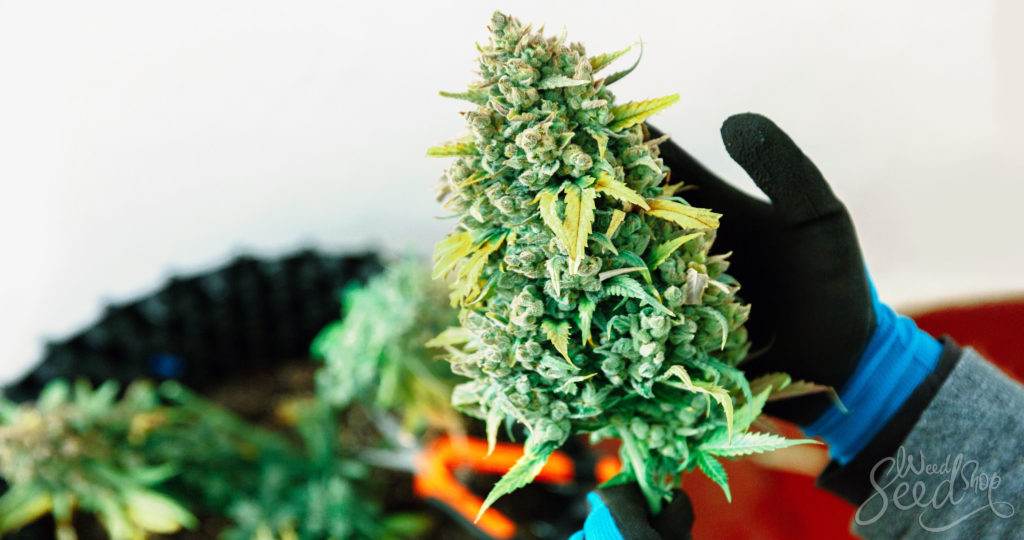


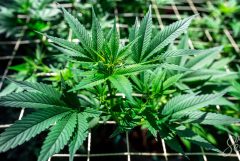
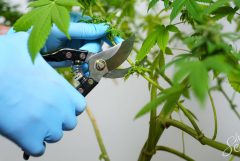
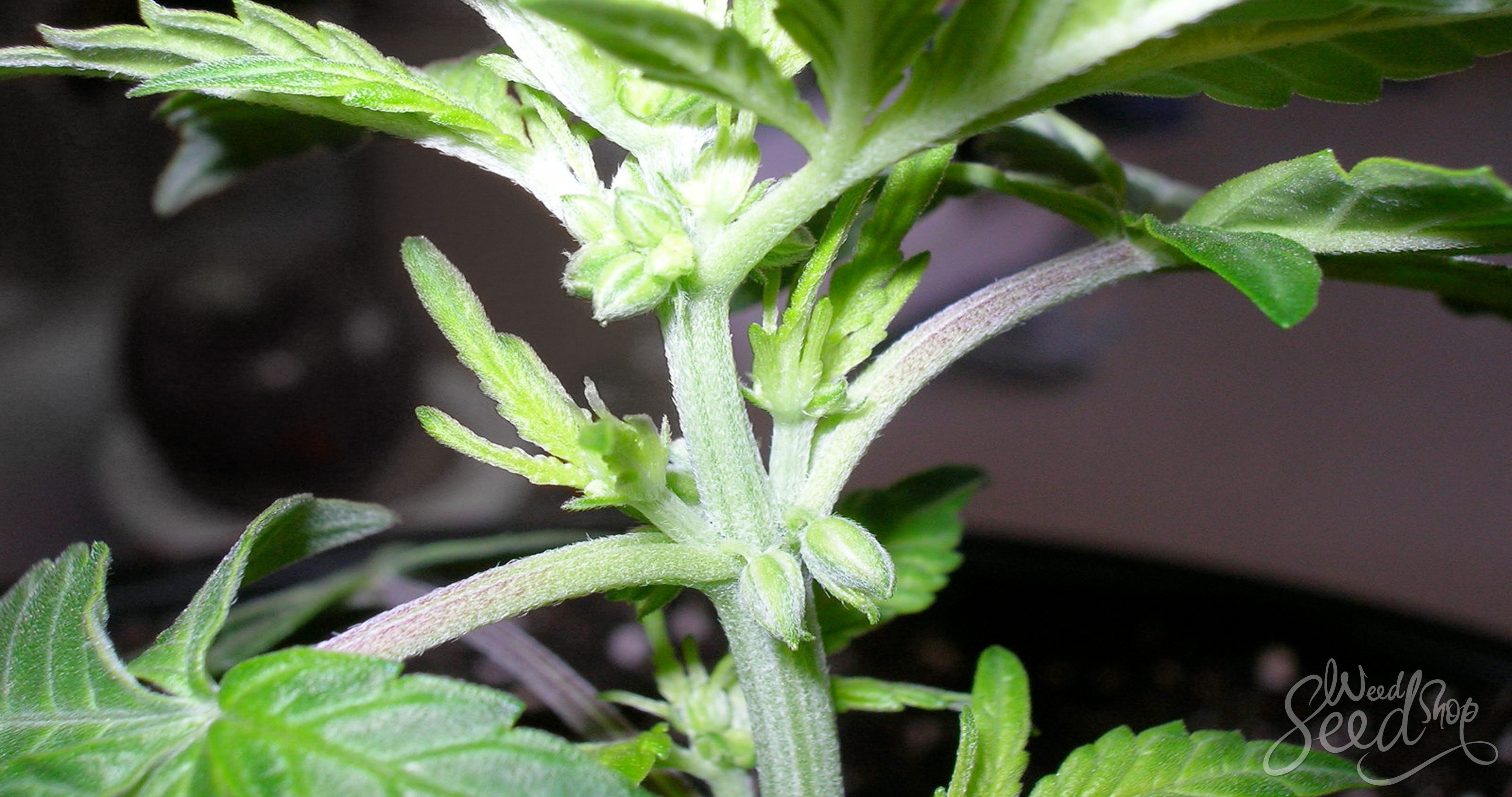

What about DIY co2 using wrt and yeast does it actually help.